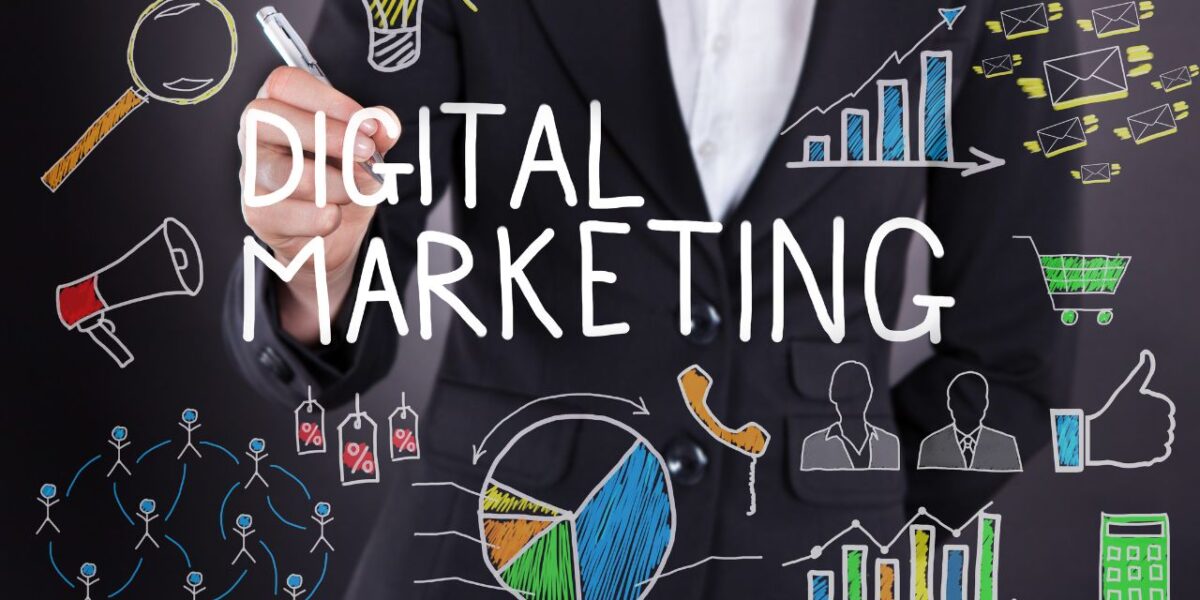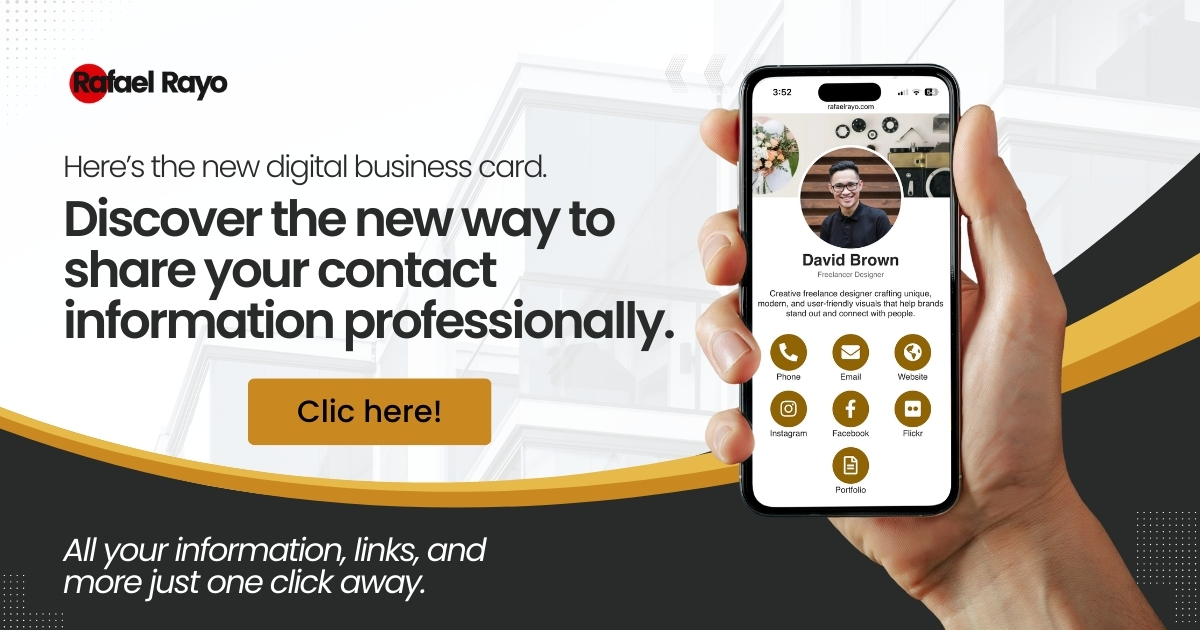How to build a Digital Ecosystem that attracts, engages, and converts clients
In today’s digital world, having just a website or posting occasionally on social media isn’t enough.
If you truly want your brand to grow, you need something deeper, smarter, and strategic — a digital ecosystem that works for you 24/7, attracts the right audience, engages them with valuable content, and turns them into loyal customers.
What Is a Digital Ecosystem?
A digital ecosystem is the combination of all your online channels, tools, and strategies working together to connect your brand with your ideal clients.
It includes your website, social media, SEO strategy, online advertising, email marketing, and content creation.
When all of these elements are aligned, your brand starts to grow in visibility, credibility, and sales — naturally.
Think of it this way:
Your website is the heart.
Your social media are the lungs.
SEO is the nervous system.
Email marketing is the bloodstream keeping your brand alive.
And digital ads are the energy that accelerates growth.
When these parts work in harmony, your business breathes, evolves, and thrives online.
Step 1: Start with a clear and measurable Digital Strategy
Every successful digital ecosystem starts with a well-defined digital strategy.
Many entrepreneurs begin by posting without direction, running random ads, or building a website that doesn’t communicate their true value.
The first step is to define your digital roadmap:
- Set clear goals: Do you want to increase traffic, generate leads, boost sales, or grow brand awareness?
- Identify your ideal audience: Who are you talking to? What problem do you solve for them?
- Define your value proposition: Why should customers choose you instead of your competitors?
- Choose your tools and channels: Decide where to focus and how each part connects to the next.
A strong digital marketing strategy turns scattered actions into a consistent system that drives measurable results.
In my experience as a digital marketing consultant, once businesses gain clarity, their entire digital presence transforms — and so do their results.
Step 2: Build a website that works for you
Your website is the center of your digital ecosystem.
It’s not just an online brochure or a pretty design — it’s your digital headquarters, open 24/7, where visitors learn about you, trust you, and decide to take action.
A high-performing website should do three main things:
- Build trust: through a professional design, clear structure, and valuable information.
- Capture leads: with forms, call-to-action buttons, pop-ups, and smart chat tools.
- Convert visitors into clients: through persuasive copy, testimonials, and user-friendly navigation.
👉 Pro tip: make sure your site is SEO-optimized, loads fast, and looks great on mobile.
Few things hurt your business more than a slow or outdated website.
Remember: your website should convert and captivate, not just inform.
Step 3: Use Social Media to connect and build trust
Social media is the visible face of your digital ecosystem.
It’s where your brand shows its personality, shares value, and builds a community.
But here’s the truth:
Most brands use social media only to sell or post inconsistently — and that’s why they don’t grow.
The real goal is to connect with your audience and stay top of mind.
Focus on creating meaningful, valuable content that educates, inspires, and entertains.
Some ideas that work:
- Share client success stories.
- Post helpful tips or short tutorials.
- Use videos to show your process or results.
- Create polls, Q&As, or interactive content.
Content marketing through social media is about nurturing relationships, not just selling.
Your mission is to turn followers into fans — and fans into clients.
Step 4: SEO and Content that position you in Google (and in people’s minds)
Being found on Google isn’t luck — it’s strategy.
SEO (Search Engine Optimization) is the backbone of your digital ecosystem because it attracts qualified organic traffic — people actively searching for what you offer.
Start by creating SEO-optimized content that answers real questions from your target audience.
Don’t write for algorithms — write to solve problems.
For example:
- If you run a wellness brand, write “How to choose the best essential oil for relaxation.”
- If you offer digital services, publish guides like “How to build a digital marketing strategy from scratch.”
💡 Pro tip: also optimize for AEO (Answer Engine Optimization) — voice searches through Alexa, Google Assistant, or Siri.
Use conversational phrases like:
“How can I attract more clients to my business?”
“What digital strategy do I need to grow my brand?”
“Which is the best digital marketing agency for small businesses?”
These natural queries help your content appear in voice search results — a growing trend in how people find businesses today.
Step 5: The power of Email Marketing in your ecosystem
Some people believe email marketing is outdated — and they couldn’t be more wrong.
Email remains one of the highest-ROI channels in digital marketing and a key piece of any digital ecosystem.
Email marketing is the emotional bridge between your brand and your audience.
It helps you nurture relationships, deliver consistent value, and move prospects through your sales funnel.
Here’s how you can use it:
- Share helpful tips, guides, or exclusive updates.
- Send personalized offers and promotions.
- Automate follow-ups after a website visit or purchase.
- Educate your audience until they’re ready to buy.
👉 Don’t send random email blasts.
Segment, personalize, and analyze your results.
A well-designed email automation funnel can boost your conversions without raising your ad spend.
Step 6: Google Ads and Meta Ads — The Growth Accelerator
Once your ecosystem is structured (website, content, SEO, social media, and email), it’s time to scale with paid ads.
Google Ads and Meta Ads (Facebook/Instagram) are powerful tools to expand your reach, drive traffic, and capture leads.
But the magic happens when you integrate them into your ecosystem — not treat them as isolated campaigns.
Every click you pay for should lead to an optimized landing page with a clear offer and message.
Paid ads amplify your organic efforts when the foundation is strong.
When your paid and organic strategies work together, your growth becomes exponential.
Step 7: Analytics and Continuous Improvement
Every digital ecosystem needs constant measurement and optimization.
Without data, you’re flying blind.
Use tools like Google Analytics, Search Console, and Meta Insights to track:
- Website traffic
- Conversion rates
- Cost per lead
- Campaign ROI
- Social media engagement
Each number tells a story.
Data shows what’s working, what’s not, and where to focus next.
Analyzing is optimizing — and optimization keeps your ecosystem alive and profitable.
From Digital chaos to sustainable growth
I’ve worked with dozens of entrepreneurs and small businesses who tell me:
“I’m posting, I have a website, I run ads… but I’m not getting results.”
The problem isn’t effort — it’s disconnection.
When their digital tools start working together, everything changes: visibility grows, leads increase, and sales start to flow consistently.
That’s the power of a well-built digital ecosystem — it transforms scattered actions into a sustainable growth engine.
Building your digital ecosystem isn’t a luxury anymore — it’s a necessity.
It’s what allows you to stop chasing clients and start attracting them naturally.
Take Action: Build the Digital Ecosystem your business deserves
If your business doesn’t yet have a connected digital structure, now’s the time to start.
You don’t need to do everything overnight — but you do need a clear, integrated vision.
At Rafael Rayo Digital Marketing, we help entrepreneurs and small businesses build digital ecosystems that attract, engage, and convert clients.
From strategy to execution — website design, SEO, content marketing, social media, email marketing, and online ads — we make every piece work together.
👉 Take the first step today.
Request a free digital consultation and discover how we can help your business grow online.
Online success isn’t about being everywhere — it’s about connecting everything with purpose.
When your website, content, SEO, email, ads, and social media align under one strategy, your brand becomes a living, breathing system that constantly attracts clients.
That’s what a true digital ecosystem does — it attracts, engages, and converts.








